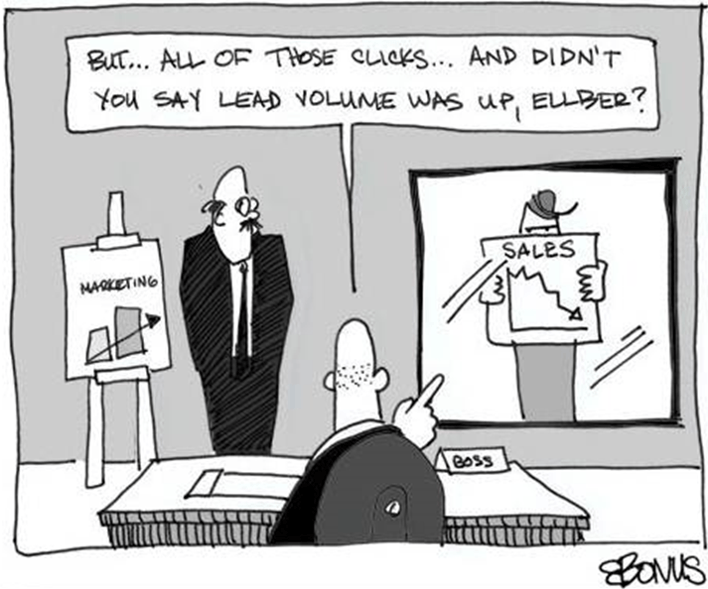Metric Matters
Why measuring outcomes is important, but no one bothers
You really sound convincing, but why are you so certain?
Every claim, no matter how resolutely believed and confidently made, is subject to this question. From “She definitely loves me” to “This program really works” to “every person in the world loves bananas” we often have strong feelings that something is true, but we can’t always bear the burden of proof. In many instances, we think so, but we aren’t exactly sure. We aren’t always right, either. I hate bananas, especially with peanut butter, and I am a person in the world.
Hard evidence isn’t always critical to the individual asserting a belief, but it often matters to others who have to make decisions based on statements of presumed fact. The “Other Guy” looks for clues she really is in love with someone else before abandoning his pursuit. The speculator needs a degree of confidence what she’s putting her money behind is going to give her a sufficient return on investment. The donor wants to see his contribution making an impact on the community before parting with more cash.
Notwithstanding rabbits’ feet, most people need solid information to make good decisions. Is it selling? Is it delivering? Is it going to be effective? Is it worth the resources—human, financial, capital—behind it? Executives in all sectors of the economy need to see results, and they need to give assurances to convince others to get behind an idea, buy a product, or invest in a program. Prove it. Demonstrate it works, or make me feel comfortable it’s going to. Let’s just shamelessly steal Missouri’s timeless words… “Show me.”
In other words, metrics matter. Data—qualitative and quantitative—is evidence. Facts about performance make decisions easier for everyone. If he repeatedly sees them passionately kissing behind the bleachers, our “Other Guy” can be pretty sure she’s off the market. Too often, though, organizations can’t make their cases with convincing information. They don’t measure outcomes, so they can’t tell if something is working, they certainly can’t show anyone else. The proof is in the pudding, but they haven’t bothered to make it yet.
It seems pretty intuitive, actually, that blind faith is a bad way to make important decisions, and that (unless you’re incredibly charismatic) persuading others requires you to back up your points. So I often ask myself, “Self, why do so many businesses, government agencies, and non-profits miss the metrics bus?” And I smack myself on the head, because the four-part answer is simple: (1) They don’t think about it, (2) It can be pretty hard; and (3) Collecting data can be difficult; and (4) They can’t interpret what they collect.
Let’s explore these points a bit. First, overwhelmed by their day-to-day business, metrics—and why they’re needed—don’t come to find. For those who are really, really busy, demonstrating results is an afterthought, if it’s a thought at all. Sometimes, we get so into our daily routines, we don’t stop to consider if what we’re doing is producing the desired outcomes. If this sounds like you, take a breath! You’ll be more effective—and you may even be able to make your life easier—if you float up to 30,000 feet, look down, and measure!
Second, defining what to measure isn’t always easy. How does our “Other Guy” measure the effects of his efforts to chip away at the girl’s affection for his nemesis? Not easy. He can say, “I followed them 50 times in a year,” but he can’t say “Her love decreased 50 units.” See, it’s the outcomes that count, not necessarily the actions. How do you really measure whether your programs are improving someone’s quality of life? And, are your actions are making the difference, or is it someone else who’s helping the same population?
But when things seem too hard, do you just throw up your hands and say “I can’t?” Nope, we get creative, we think harder, we use proxies. There’s always something you can use! But once you’ve got it, don’t pat yourself on the back just yet. Issue three: Collecting the data might be a bit of a challenge. It can be hard to obtain, and it can be expensive. Unless you’re a large company with an equally large budget, you may not think you can capture complex information. Heck, you may just not have the time. That’s not good.
Back to the drawing board? Not for a lot of people… when the chips are down, they fold like a cheap suit. Not necessary… no one said it would be easy, but you’ve got to do it. There’s a lot of data out there, and believe it or not, it’s worth investing a buck or two for the potential performance and, of course, financial benefits. And if you just can’t get feedback on that “special metric,” there’s another one just waiting for you—maybe something more qualitative? Tough it out. A little elbow grease, it can be done. It’s worth it.
Now, let’s just say you’ve got the metric right, and you get the data. Then what? Darn it, there’s that pesky little question: “Why?” Your competitor’s sugary drink is outselling yours… do people just like it more, or do they have better branding? Interpretation—if you don’t do it right, you’ll make the wrong decisions. That requires skills, and perhaps even… gasp… more data! “I wouldn’t know what to do with it anyway” is a huge reason people don’t bother with metrics. Look, “there’s an app for that,” or (shamelessly)… a consultant!
Let’s summarize. I’ve called out virtually everyone who doesn’t use metrics (if you don’t, you’ve probably found yourself in this discussion). And I’ve given an inkling—subconscious suggestions, perhaps—that every reason is just an excuse. If you’re not measuring, you’re likely wasting time of ineffective programs, paying significant opportunity costs, taking the wrong actions to address problems that may not even exist, skipping out on funding, and so on. The bottom line is you’re not helping—and you may be doing harm.
Don’t you just love blog posts that tell you what’s wrong, but don’t really get into how to fix it? Ugh. Well, you didn’t waste as much time as the “Other Guy,” who never had a chance but, since he had no data, didn’t see that. Anyway, fear not. You have to identify the problem to solve it, right? That’s why blogs are “living things:” As authors, we can follow up in future posts. That’s what keeps people coming back. So please, visit again, so I can regale you with ideas for how to intelligently define, collect, and use metrics for good!
Learn More
Contact us to find out more about performance metrics
Read Other Posts





















